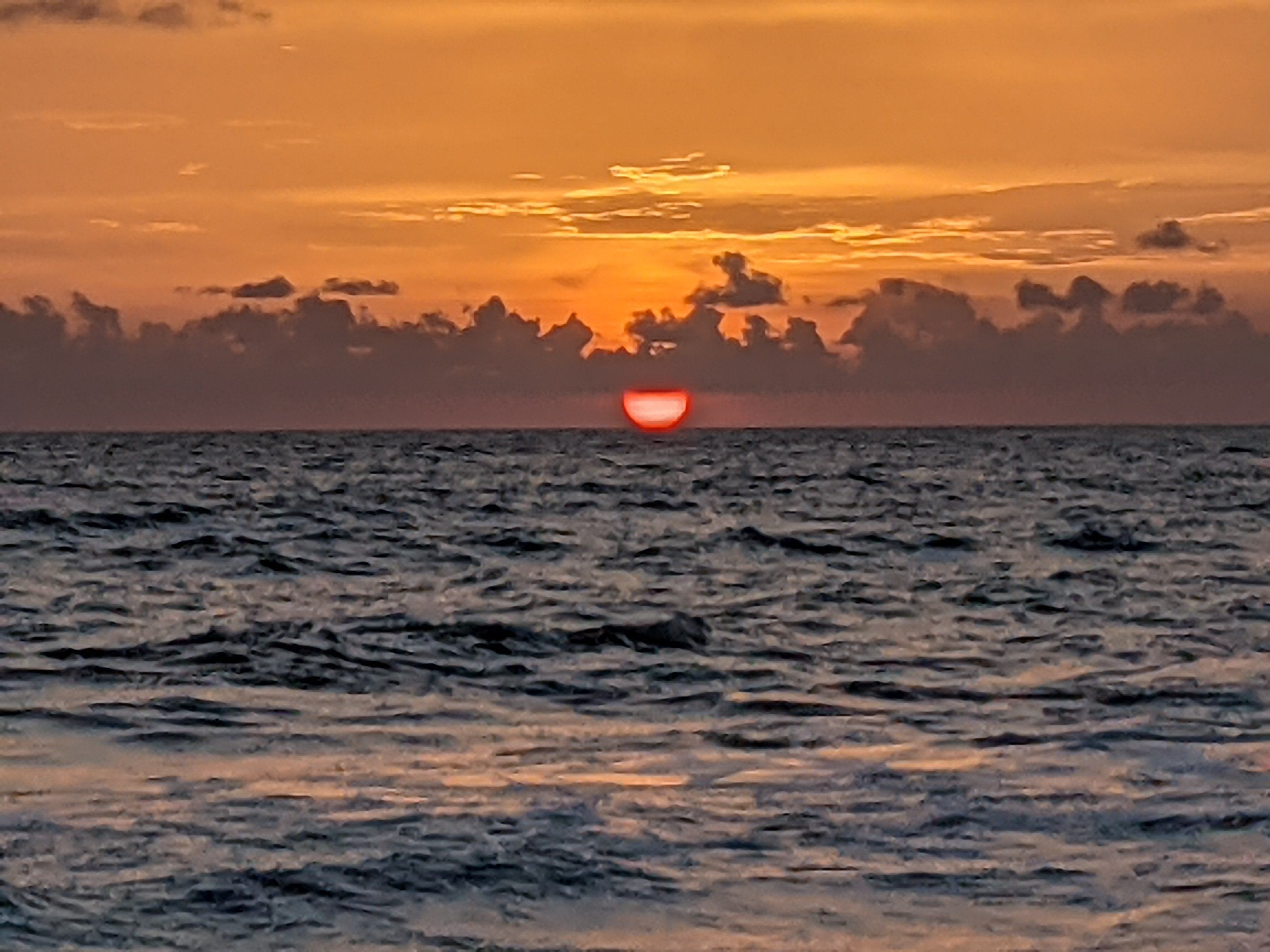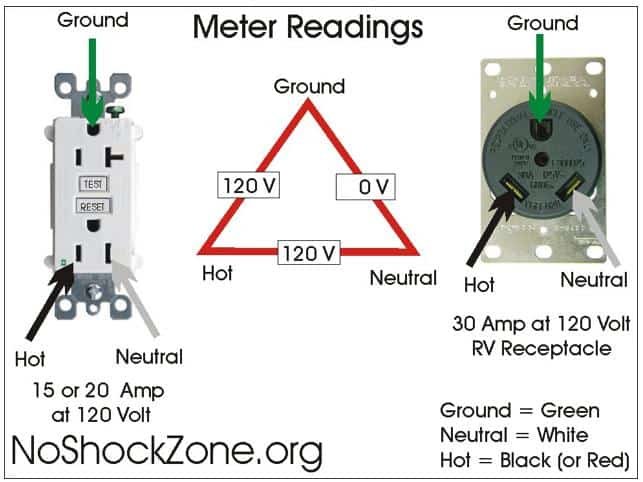-
Posts
1,347 -
Joined
-
Last visited
-
Days Won
12
Everything posted by Steph and Dud B
-
My representation of salespeople was the usual SOB brands, not Oliver. OTT is indeed more reputable than many others. One of the first questions I was asked when I contacted OTT for information was, "What is your tow vehicle?" OTOH, I have listened to many SOB salesmen saying, "Of course you can tow this (42' fifth wheel) with your F150!"
-
I doubt there's any liability for OTT. The driver is responsible for the safe operation of their vehicle. As long as OTT correctly identifies the "as manufactured" weight, I think they're good. It's like every RV salesperson says: "Sure, you can tow this with your [insert vehicle here]!"
-
Towing with a full size van. Nice. Our second tow vehicle was a Ford E350 7-seater with the V10. Awesome tow vehicle. We went cross-country with it and our 27' travel trailer. Had to switch to pickups when we changed to fifth wheels, but I wish I had that van today. Congrats on your new Ollie.
-
If you choose ST tires, stick with the Goodyears, although I also had good luck with Maxxis on 3 trailers. There are lots of off-brand ST tires on the market, commonly referred to as "China-bombs" by other RVers. Most have a reputation for poor quality and many people have reported catastrophic blowouts and tread separations.
-
Goodyear Endurance are highly respected ST trailer tires. We use the TST TPMS system. Had a blowout with our first trailer.
-
Congratulations. Hope you have many adventures in your Ollie. What lured you away from Airstream?
-
That's exactly what I did in an earlier fifth wheel we had. Worked great.
-

Surge protector "clunk"..no 120
Steph and Dud B replied to Gliddenwoods's topic in Mechanical & Technical Tips
There's this: CARMTEK RV Circuit Analyzer 30 Amp - RV Circuit Tester with Smart Diagnostic Chart and Indicator Lights - ETL Listed 30 Amp Circuit Analyzer for RV https://a.co/d/ifQ07Ip For $7 more, you can get it with a surge suppressor built in. -

Surge protector "clunk"..no 120
Steph and Dud B replied to Gliddenwoods's topic in Mechanical & Technical Tips
-

Surge protector "clunk"..no 120
Steph and Dud B replied to Gliddenwoods's topic in Mechanical & Technical Tips
This isn't your first time ever connecting to shore power is it? You're not using any sort of adapter on your shoreline cord are you? I would NOT bypass the Oliver Progressive unit without further study. If you know how to correctly use a multimeter, I'd check the campground pedestal connection first. If you don't know how, find someone who can and see if the pedestal is wired correctly. -
Incidentally, I also use a heavy duty long shackle padlock to secure my safety chains to each other and to the front basket. That makes it harder for a thief to just wrap the chains around a ball and drag the trailer away.
-
We use a Fort Knox lock: Bulldog Sliding Collar Coupler Lock Includes Cobra-Sidewinder puck lock - https://a.co/d/j6wdOhm Less expensive than the Proven and easy to use. I think the yellow makes it clear there are easier trailers to steal. As a side benefit, the yellow shows up well on my backup camera, allowing me to align the truck easier before hitching. We're also considering a wheel lock to use in addition to the Fort Knox in more secluded or long-term situations.
-
Our 2022 has a Norcold fridge. There is an external fan in the rear fridge compartment that is controlled automatically. It moves a lot of air. No manual switch.
-
The neat thing about the Jeep ducks is the randomness: see a Jeep in the grocery store parking lot, duck it, and drive away unseen. Harder to do with Ollies. If they're in a campground with you, you'll probably just say Hi. Other than that, probably not often you'll come across one unattended and ready for Ottering. That said, I think it's a cute idea, and I might keep a couple otters in the truck, just in case. Cheapest one I could find on Amazon: Schleich Wild Life New 2023, Marine and Ocean Wild Animal Toys for Kids and Toddlers, Otter Toy, Ages 3+ https://a.co/d/aPWt89i
-
And don't let anyone distract you. That includes spouses and dear friends. I have a rule: DON'T TALK TO ME WHILE I'M HITCHING UP/UNHITCHING. I've damaged campers by breaking that rule. Luckily, nothing serious and no injuries, but still... We were at a campground where a guy dropped his new fifth wheel on his head because his son came over and was talking to him while unhitching. He went out in a helicopter and the police rinsed the blood out of the back of his truck so his family wouldn't have to deal with it when they came back. (This was also an abject lesson on the importance of always chocking your trailer wheels before you unhitch.)
-
You forgot the weight of the propane. We only added a couple hundred pounds of gear to the Ollie: mostly kitchen stuff, food and clothes. The truck carries most of the heavier gear, including the genny and Clam. We have traveled short distances with all tanks full. Generally, after dry camping and on the way to a dump station.
-

Registering the SureCall FUSION2GO cell booster
Steph and Dud B replied to jpk323's topic in Mechanical & Technical Tips
The cell booster on our 2022 doesn't require registration. It simply picks up the cell signal outside and retransmits it through the antenna over the dinette into one of our phones. We're Hull 1150. I'm pretty sure you have the same one. -

Tow Vehicle, 6'4" vs 8' box, Crew vs Mega, DA vs SA
Steph and Dud B replied to JDAstroPhoto's topic in General Discussion
We have a GMC crew cab, long bed, dually. It's huge. It's my daily driver and, for the most part, it's OK for that. I just park a little farther out in lots, because it's longer than a standard space. No issues on the roads, but I have run over over a few curbs in various driveways. And, be real careful in drive-throughs! My turning radius is similar to the Queen Mary, but there's TONS of storage under the Diamondback bed cover. We can carry all kinds of camping gear in the truck. I actually need a hook to reach stuff at the front of the bed. Such a big truck kind of negates the compact size of the Ollie. We're almost 45' long end to end, so we still need reasonably large sites for camping. The dual wheels add considerable cost when it's time to replace tires and contribute to the aforementioned curb crawling. But they certainly give the truck a solid grip on the road when towing. No sense of sway when towing various trailers. Previously, we had a crew cab, short bed, dually Ford, which I thought was perfect for hauling our fifth wheel. Really liked that configuration. But, the fifth wheel had a lot more storage than our Ollie. In summary, I think if I was buying another truck as an Ollie hauler, I'd go with an extended cab, long bed, single rear wheel. The crew cab is overkill for the two of us, so an extended cab would help a bit with maneuverability. The long bed gives plenty of storage. And the dual rears aren't necessary for the relatively light and well-mannered Oliver. -
Welcome to the family. Will be interested in hearing your perceptions of your Oliver vs. your Casita.
-

Good news for the truck market?
Steph and Dud B replied to Steph and Dud B's topic in Towing an Oliver
How about lowering them back to the height they were in the 70s and 80s? You shouldn't need a step ladder to reach into the bed of your truck. Makes no sense. Saw this beauty in a dealership. (And, no, it's not for sale!)- 5 replies
-
- 11
-

-
Looks like the Big 3 are starting to accumulate a surplus of pickup trucks. Maybe we'll see some price concessions? https://www.autoblog.com/2023/02/25/gm-truck-production-cut/ https://www.motor1.com/news/654342/chevy-silverado-gmc-sierra-production-pause-high-inventory/
-
We've had several issues with fiberglass dust fouling switches in our 2022. Shop vac, canned air, and working the switches seems to have resolved them. OTT could do a better job vacuuming production dust from between the hulls.







